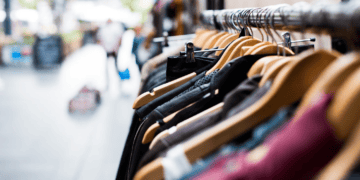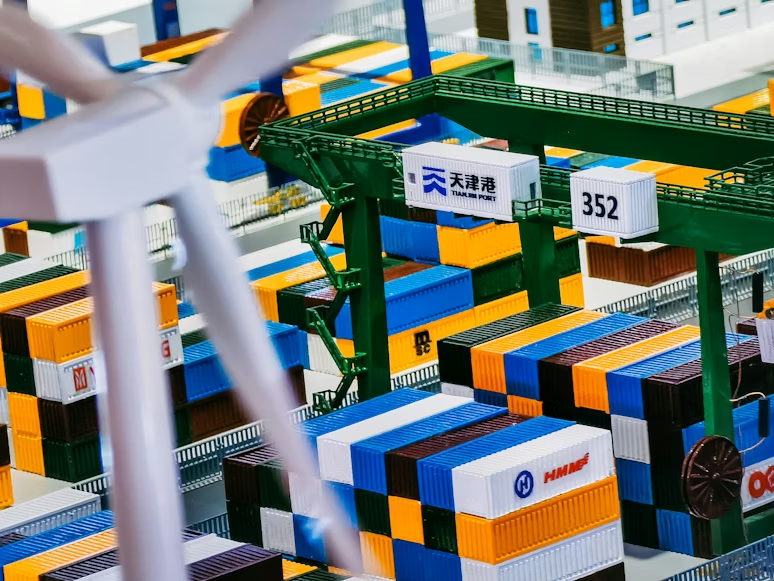The evolving economic landscape is reshaping the short-term outlook for the luxury goods market. Factors like consumer activism, changing consumer behavior, and technological advancements are compelling luxury companies to reevaluate their business models and adapt to the evolving industry landscape.
In 2023, the luxury market displays a continued shift in consumer preferences. Notably, there is substantial growth in personal luxury goods and luxury alcoholic beverages, while luxury experiences and luxury cars show more modest growth. The recovery in luxury experiences and hospitality is expected, but it largely depends on the resumption of international tourism and business travel.
Asia Pacific Leads the Way in Sustained Growth Amid Economic Challenges
The global luxury market is on an upward trajectory, with an expected real growth of 4% in 2023, reaching a total value of USD 1.2 trillion. The outlook for the industry remains positive, although the pace of growth is expected to slow down. This growth is largely driven by the enduring demand for luxury experiences, lifestyle products, and hospitality services.
Investment in luxury goods, particularly in leather goods, jewelry, and timepieces, is anticipated to increase as an alternative asset class. The possibility of renting luxury goods through various platforms adds an additional dimension to their appeal, although overall discretionary spending is still under pressure.
Asia Pacific, with a focus on China, and the United States are the primary drivers of this continued recovery. It’s worth noting that the recovery in these regions has been uneven, with only Asia Pacific and North America reaching pre-pandemic levels four years after the initial outbreak.
Chinese Tourism’s Resurgence Marks a Pivotal Moment for Luxury Travel and Shopping
Global travel is currently at approximately 85% of pre-pandemic levels, despite inflationary pressures affecting consumer spending power and travel capacity. The recovery has been stronger than expected, with global arrivals increasing by over 100% by the end of 2022. The hospitality and retail sectors continue to target high-end tourists, although some key destinations in Asia Pacific, such as Singapore and Thailand, still experience reduced tourist spending.
Notably, Europe and the eurozone benefit from favorable exchange rates and tax-free shopping, creating appealing shopping destinations for luxury tourists.
The Return of Chinese Outbound Tourism
After a three-year hiatus due to the “zero-COVID” policy, China’s outbound tourism is making a comeback. Before the pandemic, China was a crucial source market for travel and luxury spending, particularly in the US and Western Europe. However, concerns about the future of international travel to and from China have prompted many countries to diversify their tourism sources and reduce reliance on Chinese visitors.
Lifestyle Extensions Present New Revenue Opportunities for Luxury Fashion and Beauty Brands
The pandemic has brought about significant changes in our relationship with our homes, resulting in increased discretionary household spending on luxury products. Luxury brands are redefining themselves to align with the lifestyle category.
Global sales in the home design category, including home furniture, tableware, home decor, soft furnishings, and home fragrances, experienced 2% growth during the height of the pandemic in 2020-2021. Sales in this category are expected to grow by just under 2% in the current year, with a further 7% growth projected in the forecast period.
The pandemic has also fueled a desire for authentic real-life experiences, with consumers seeking to enjoy the present moment and increase their spending on dining out. Luxury fashion brands are capitalizing on this trend by expanding into luxury hospitality, including branded cafes, restaurants, food and wine pop-ups, and luxury hotels.
Luxury Hospitality and Foodservice Growth
Luxury hospitality is on the path to recovery, with global sales of luxury hotels growing by a real 27% in 2022, and further real growth of 17% expected by the end of 2023. Additionally, foodservice outlets, such as cafes and full-service restaurants, are experiencing impressive growth.
These trends are aligned with the preferences of affluent consumers, as indicated by the Euromonitor International Voice of the Consumer: Lifestyles Survey, which shows an intention to spend more in 2023 on travel, wellness, and dining, especially in comparison to fashion and other areas.
Get top supply chain report news on The Supply Chain Report. For international trade insights and tools, visit ADAMftd.com.
#LuxuryGoodsMarket #ConsumerActivism #ChangingConsumerBehavior #TechnologyInLuxury #LuxuryExperiences #PersonalLuxuryGoods #LuxuryAlcoholicBeverages #LuxuryCars #HospitalityRecovery #AsiaPacificGrowth #ChinaLuxuryMarket #USLuxuryMarket #LuxuryInvestment #LuxuryRentals #LuxuryFashion #LifestyleProducts #ChinaTourism #OutboundTourism #TravelRecovery #LuxuryShopping #EurozoneTourism #HomeDesignSales #LuxuryFurniture #LuxuryTableware #LuxuryHomeDecor #LuxuryFragrances #LuxuryDining #LuxuryHospitality #LuxuryHotels #FoodserviceGrowth #EuromonitorSurvey #AffluentConsumers

















